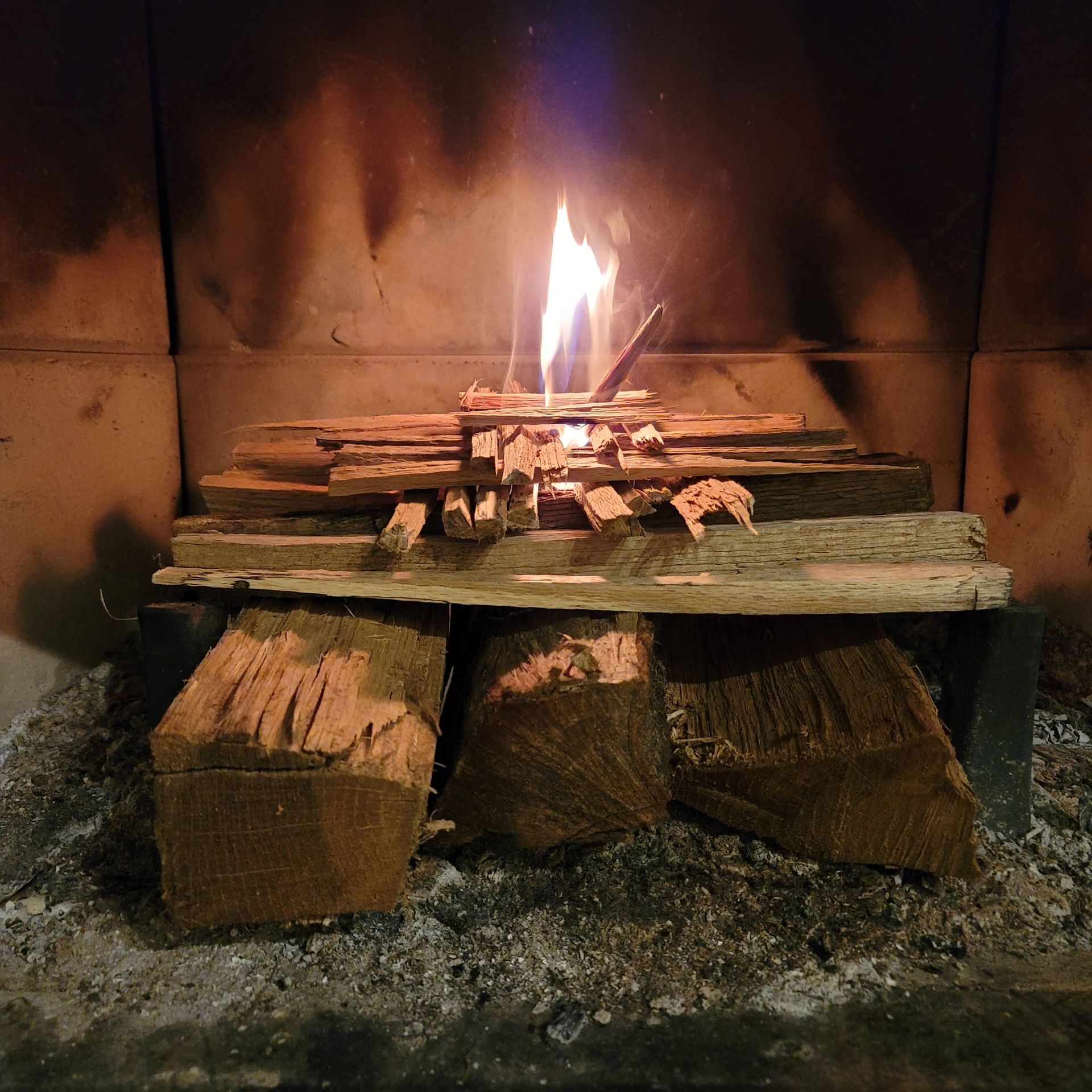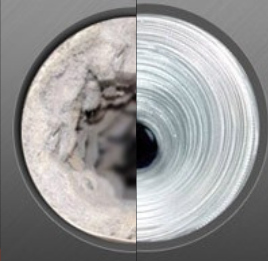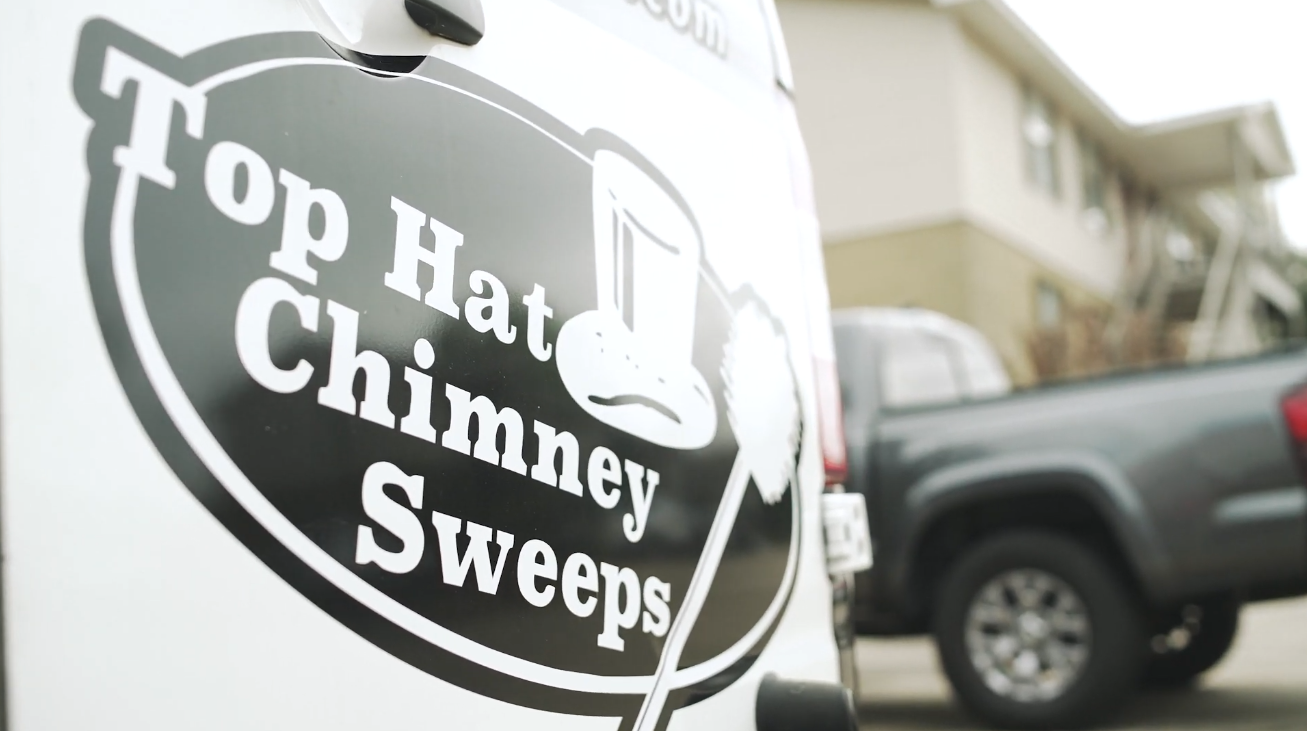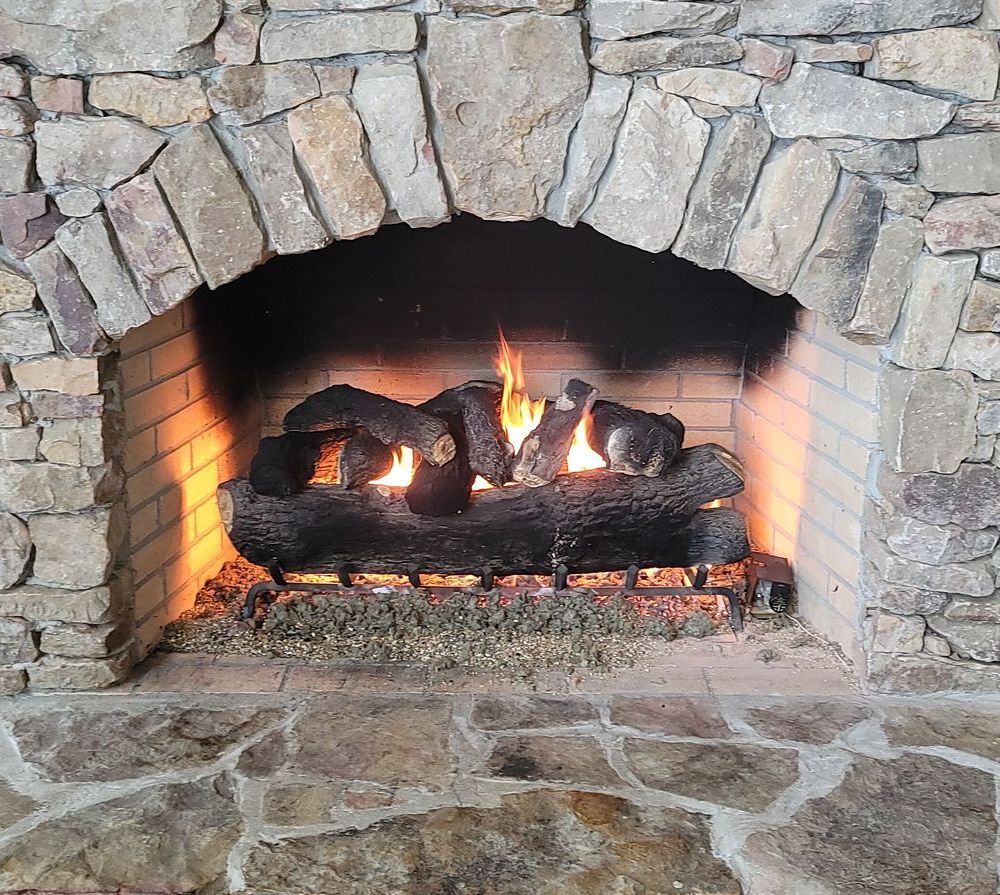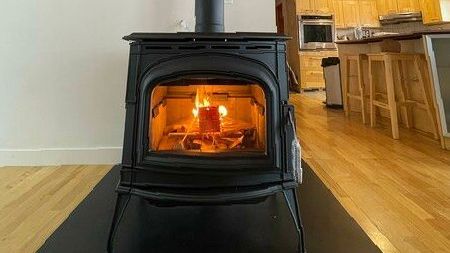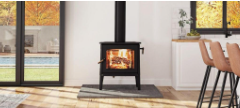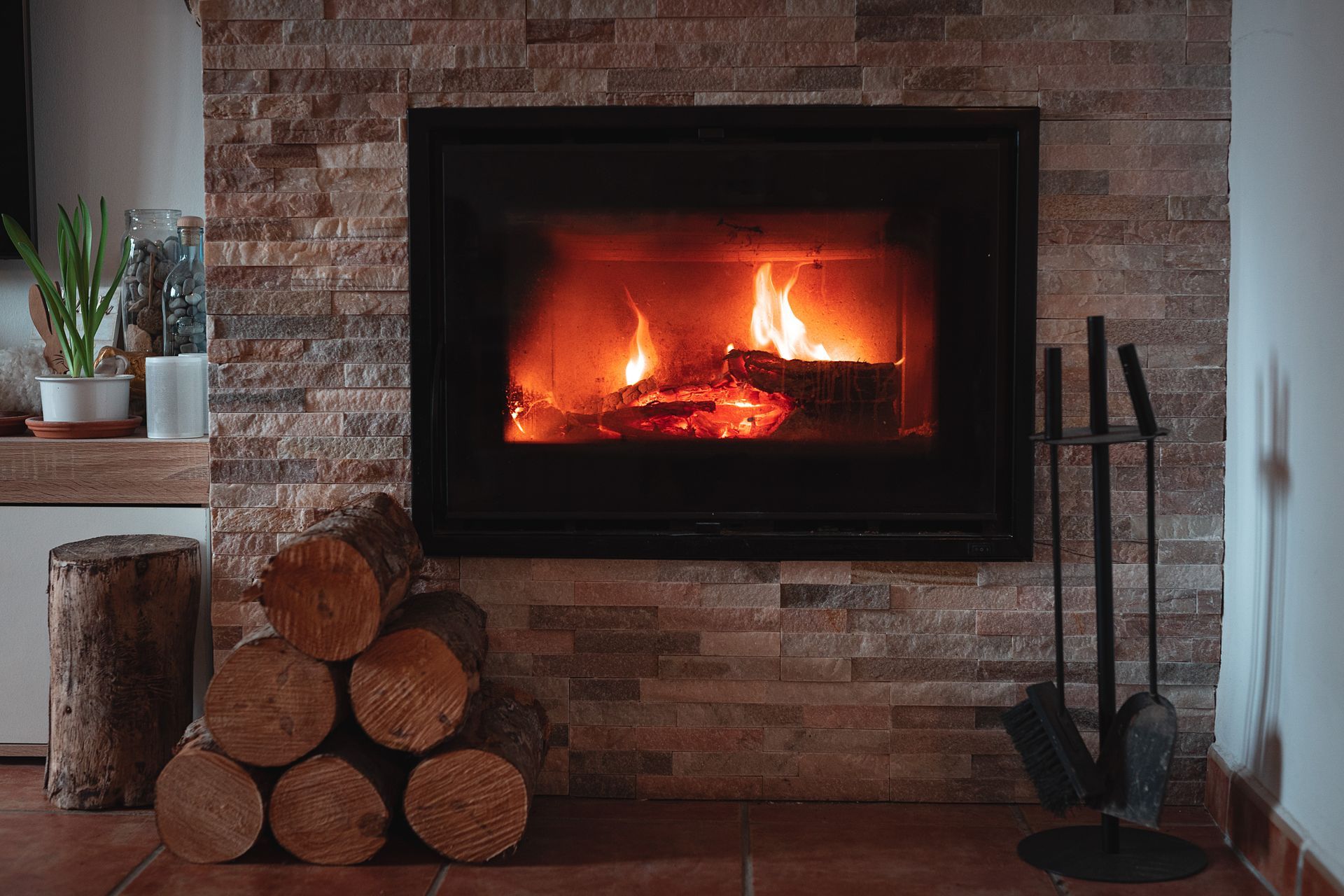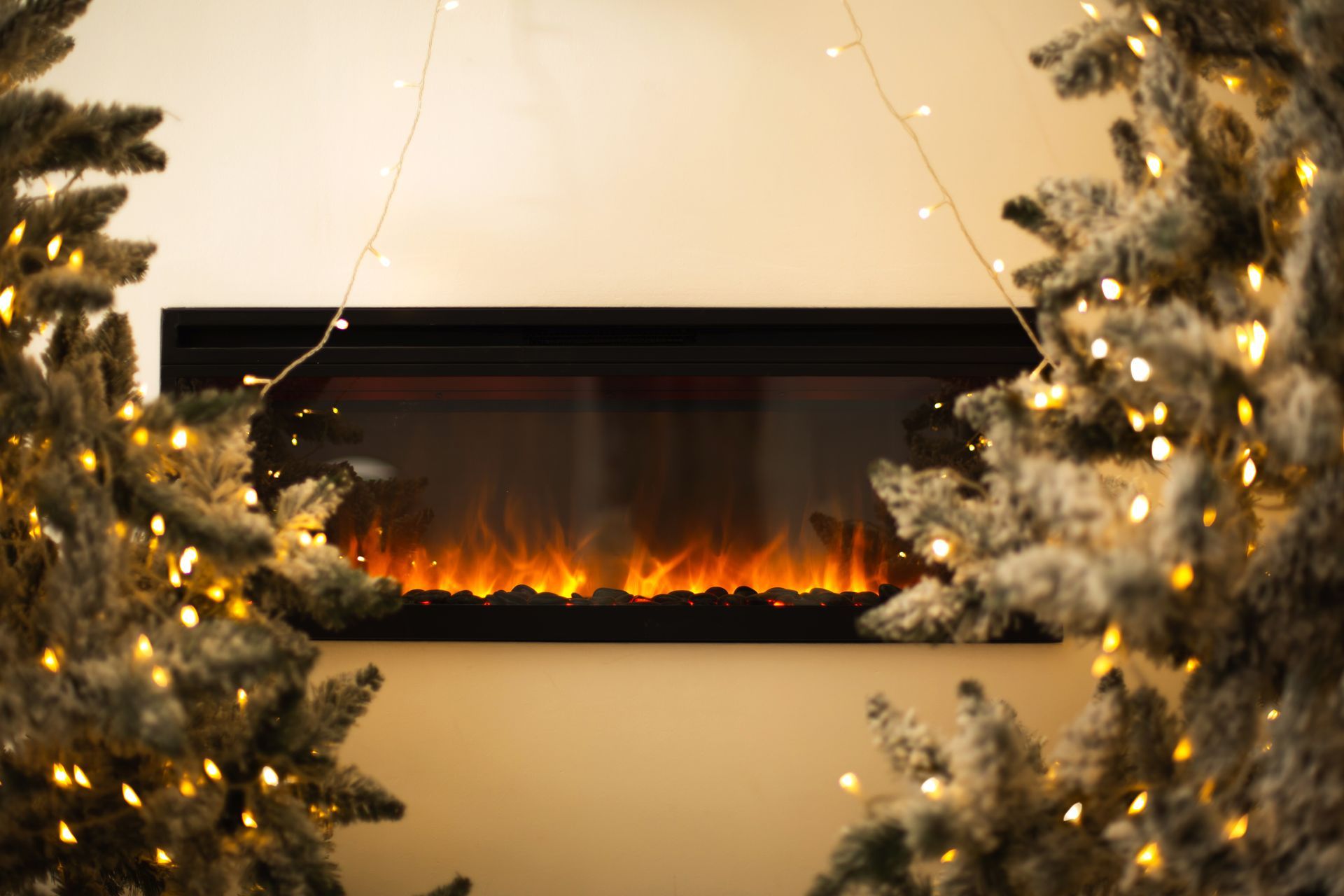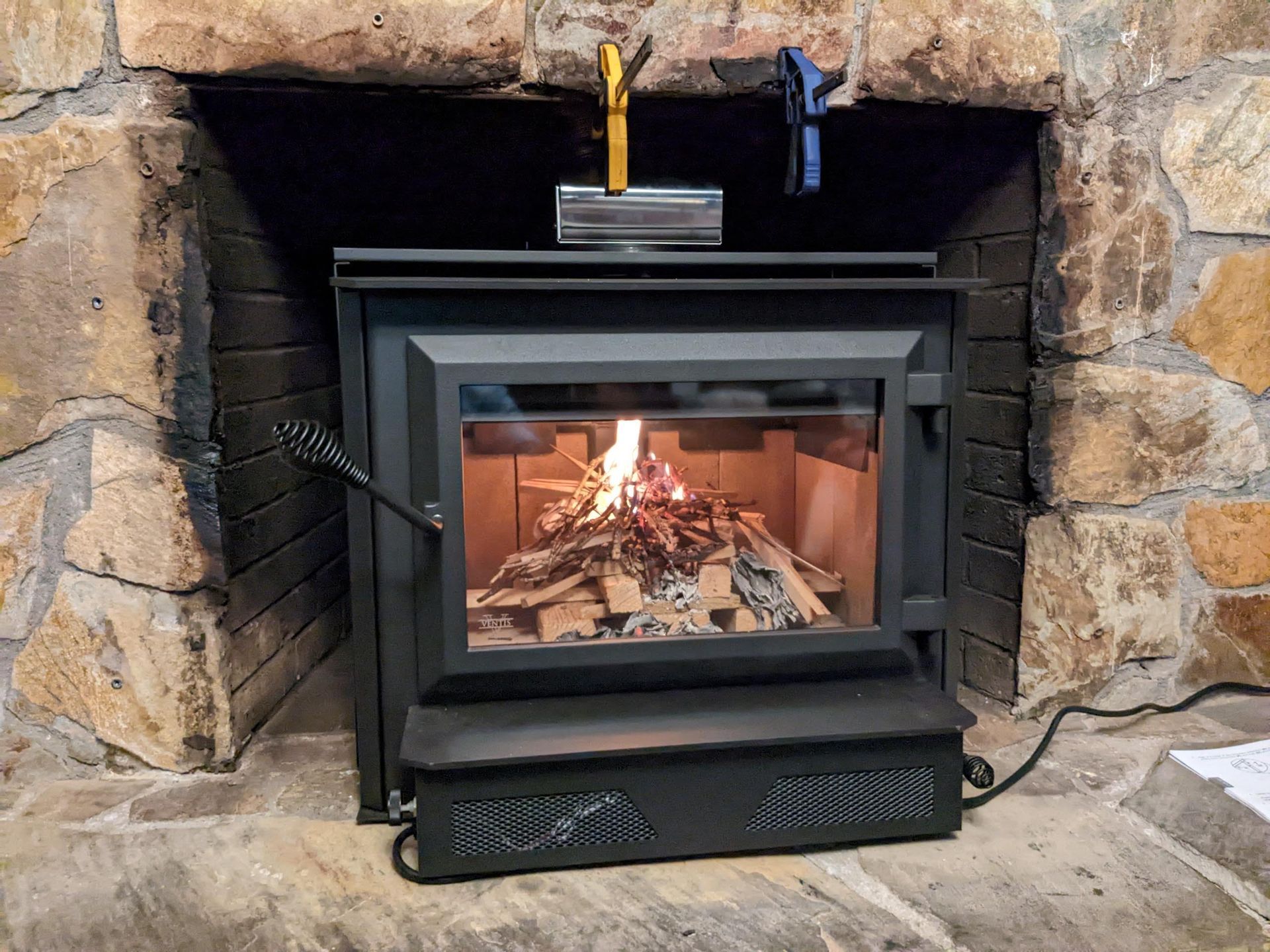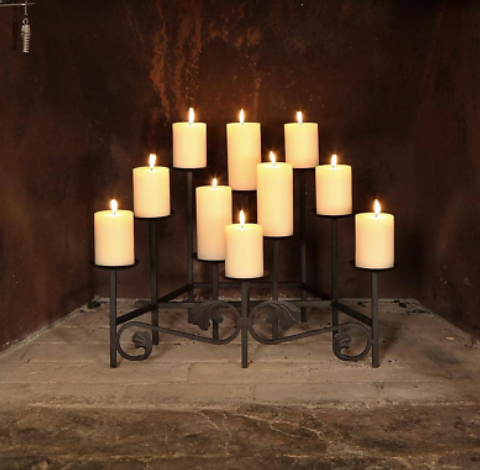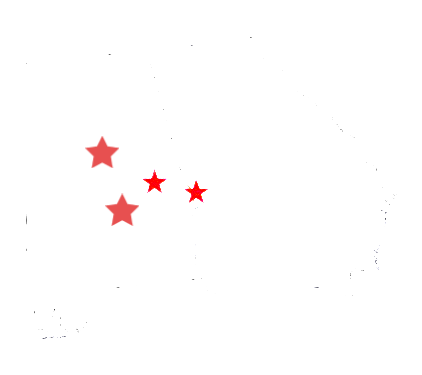10 Often Overlooked Issues in New Construction Fireplaces
95% of Fireplaces in New Construction are NOT Installed by a Certified Professional
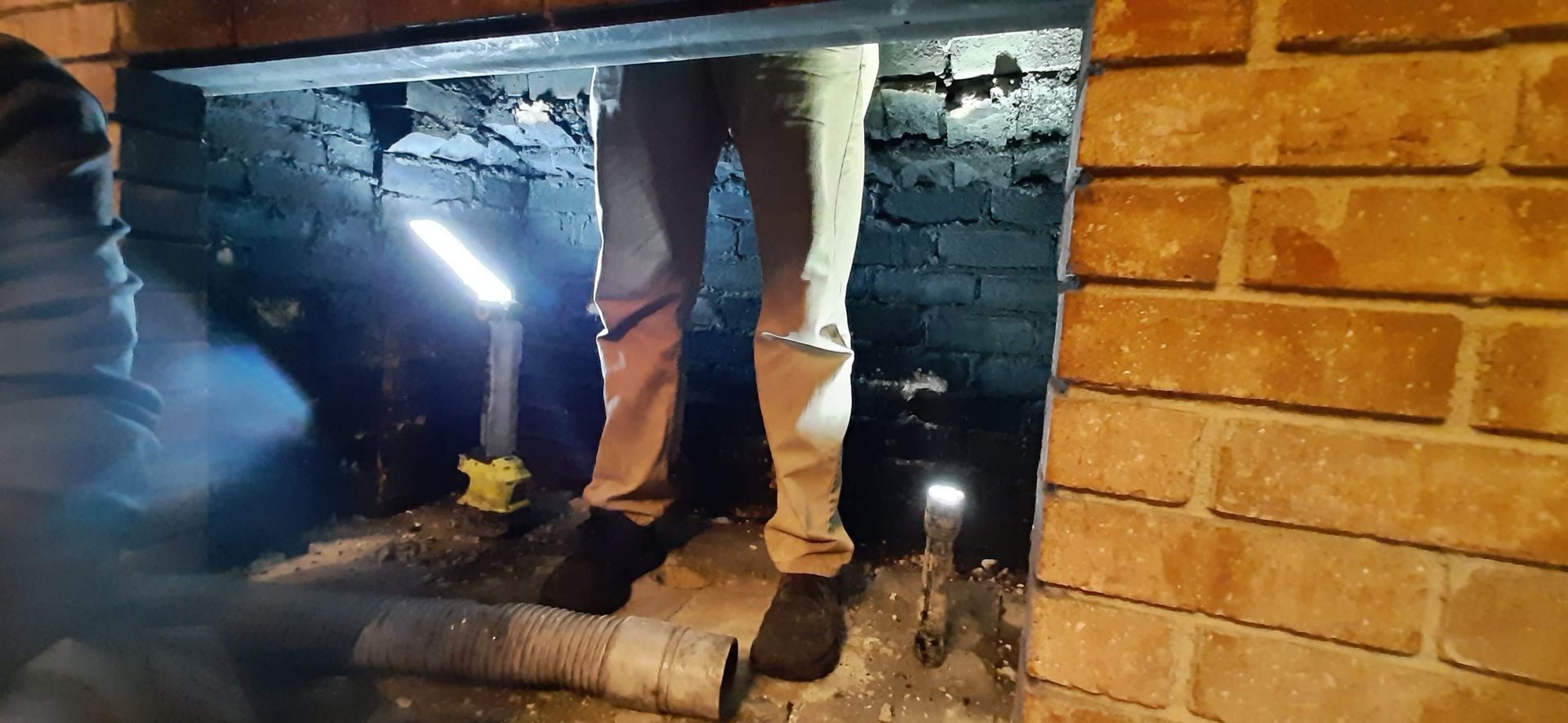
A brand-new fireplace should be a source of warmth and beauty, but sometimes the excitement can be overshadowed by easily missed construction details that can lead to safety hazards and functional problems down the line. As you settle into your new home, it's wise to be aware of these often-overlooked issues that can arise during fireplace construction.
Here are 10 common problems we frequently see with new construction fireplaces:
- Lack of Spark Strip: The spark strip is a vital safety element. Positioned partially beneath the front of the fireplace and partially over the subfloor, it stops hot embers from dropping into the gap between the fireplace and the hearth extension and reaching the subfloor.
- Insufficient Hearth Extension Size: Building codes or the manufactures listing specify minimum dimensions for the non-combustible hearth extension in front of and to the sides of the fireplace opening. An undersized hearth doesn't adequately protect flooring from sparks and radiant heat.
- Inadequate Clearance to Mantle: Combustible mantels placed too close to the fireplace opening can overheat and potentially catch fire. Proper clearance, as dictated by the fireplace manufacturer and local codes, is essential for safety.
- Insulation Not Meeting Clearances: Combustible insulation installed too close to the firebox or chimney can pose a fire hazard. Strict clearances must be maintained between insulation and components.
- Absence of Firestop/Draftstop: Firestops are horizontal barriers within wall cavities and around the chimney chase that prevent the spread of fire and smoke. Draftstops help control airflow. Their omission can compromise fire safety.
- Insufficient Clearances to Chimney Pipe (Especially Spray Foam): Combustible materials like spray foam insulation must maintain specific clearances from the hot surfaces of the chimney pipe. Improper application can create a significant fire risk.
- Improper or Inadequate Flashing: The flashing around the chimney where it meets the roof is critical for preventing water leaks. Poorly installed or insufficient flashing can lead to water damage in the attic and around the chimney structure.
- Improper Installation of Siding Around Chimney: Improper installation of siding can reduce life expectancy, cause expensive water leaks and/or void manufacture warranties.
- Poorly Constructed Chase Cover: The chase cover, the top of the chimney chase, is designed to keep out rain, snow, and debris. Some manufacturers even require a ventilated chase cover. A poorly built or improperly sealed cover can allow water intrusion, leading to internal damage.
- Improper Chimney Height: Building codes and manufacturers specify minimum chimney height above the roofline and nearby obstructions to ensure proper draft and ventilation. Inadequate chimney height can lead to smoking issues, inefficient burning and even fire hazards.
While a new fireplace is an exciting feature, these often-overlooked construction details can have significant safety and functionality implications. It's important to understand that the definition of a "thorough inspection" can vary greatly between companies. Many chimney sweeps may only assess readily accessible areas. However, at Top Hat Chimney Sweeps, our commitment to your safety goes further. Our comprehensive inspections often include accessing attics, crawl spaces, roofs, and chases, in addition to a detailed video camera inspection of the interior of your chimney system. This in-depth approach allows us to identify potential issues that others might miss. Don't assume everything is correct – ensure your new fireplace is truly safe and sound with a comprehensive inspection from Top Hat Chimney Sweeps. The standard for the 3 levels of chimney inspections are set by NFPA 211. The International Association of Certified Home Inspectors also repeats the importance of annual inspection and cleaning by a Professional Chimney Sweep. Get it checked right, the first time!
